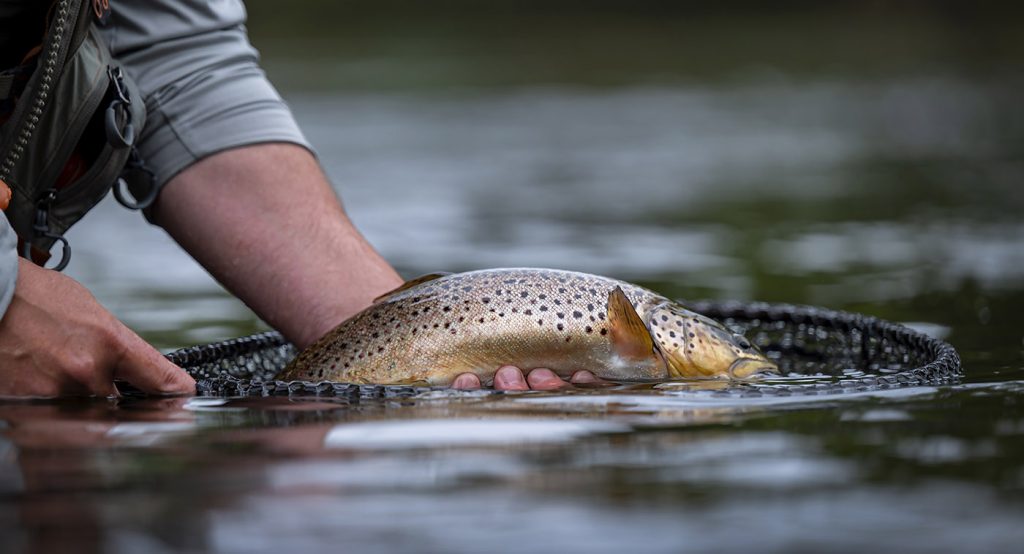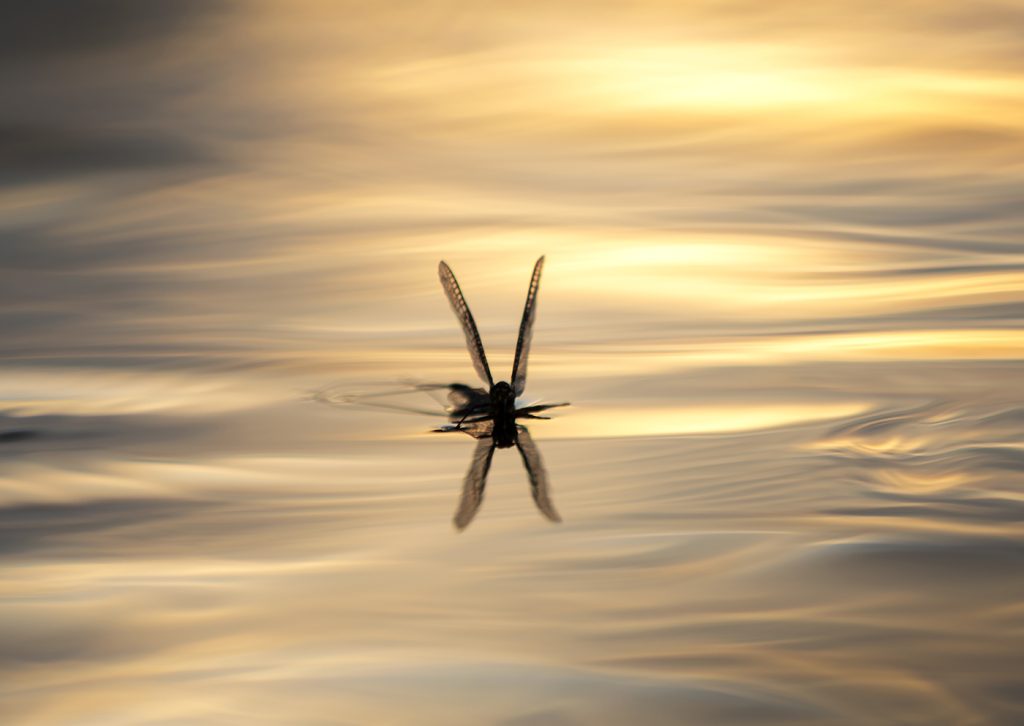
In a fly fisher’s year there are always seasonal highlights that usually occur either when fishing for a particular species open, when seasons turn and not least when certain hatches occur. Some hatches are more important than others and they are of course not the same all over. Streams and still waters have different hatches that happen on different times. Most of them of course begin when spring begins to heat up the water.

For the trout- and grayling fly fishers I think it’s fair to say that the Danica hatch is the most important. The big bugs bring the big fish to the surface. It might seem so, but the Danica hatch isn’t necessarily easy to fish and yet, there are other hatches that present bigger challenges. But it’s impossible to argue against the fact that the Danica hatch brings the biggest ones to the surface. And we all like catching the odd big one, I suppose? I know I do.
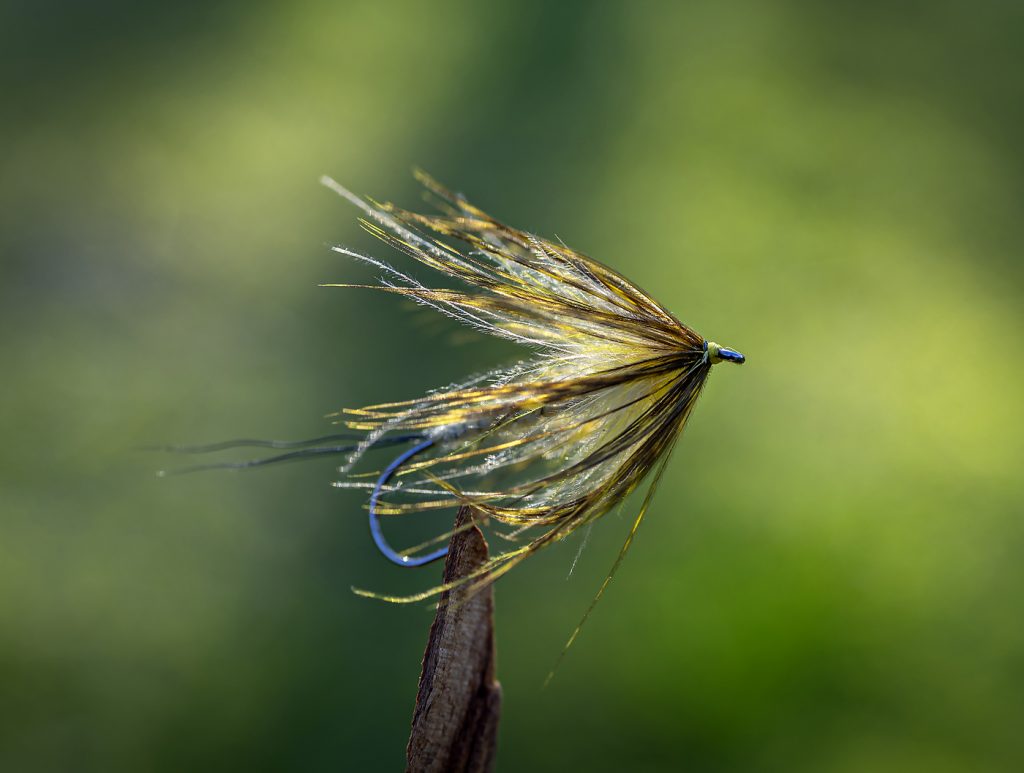
Here’s a little more modern variant of the French Partridge. It has a CDC hackle behind the large front hackle.
Traditionally, the front hackle is made with French Partridge (hence the name of the fly). For the female Danica, a feather dyed a light olive is good, for the male, the natural, un-dyed French Partridge is the right choice. You can get full skins and you can get the feathers in small bags. The bagged feathers rarely yield more than a couple of handfuls of good feathers. But when it comes down to the practical fishing, any large, soft feather works well. Here’s it’s a Coq de Leon hen dyed yellow (which gives a lovely light olive feather), but a dyed olive schlappen hackle works just as well.
The Danica live in rivers and streams, buried in the silt for two years in the nymphal stage (the only mayfly to have a two-year nymphal stage). They begin hatching in late May, but the hatch peaks in early June. To begin with, a simple French Partridge imitation is fine, but as the hatch progresses and more close imitation is sometimes necessary.
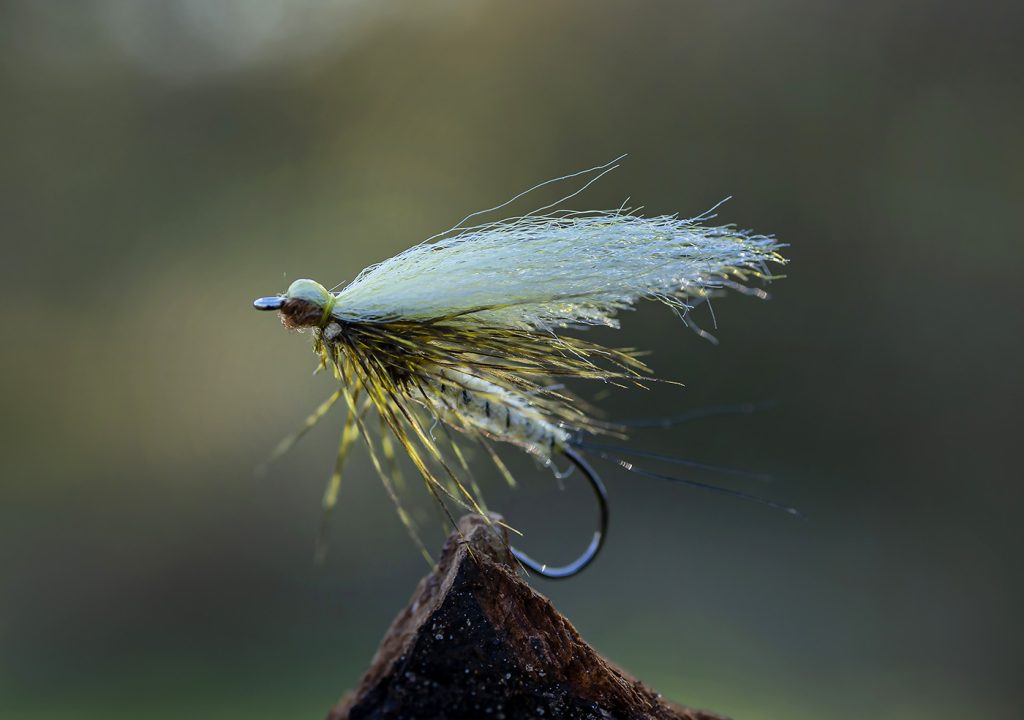
On this fly I strive for a more close imitation by eliminating the full hackle and tying in a poly yarn wing, which gives a better imitation of the upright insect. The hackle is the same as the French Partridge Variant, but it’s flush cut on the underside to make it sit lower and offer a little better foot print.
Late May and June are not only important in the rivers and streams, because the E. Danica has a still water cousin, E. Vulgata and they hatch at the same time. The imitations are just as good for the Vulgata – just tie them a little darker.
Whether fishing the Danica or the Vulgata hatch, you will need an emerger, a dun and a spinner. Even though trout and grayling never see the nymphs before they hatch, they feed readily on them, so a handful of nymph imitations are handy if you want to fish when there’s no surface action.
This is my favourite nymph imitation, which I tie both lightly weighted and fairly heavy as well.
Håkan Karsnäser ties a similar Vulgata nymph for his home waters at Hökensås in Sweden.
As far as dry flies go, the Danica and Vulgata imitations are big ones, so a little adjustment of the tackle is important. During the spring I have typically fished mayfly imitations in the size 12-16 range (usually Baetis Rhodani/Large Dark Olive, Heptagenia Sulphurea/Yellow May Dun and sometimes Heptagenia Fuscogresia/Brown May Dun). For those I’ll usually fish fairly long leaders with 5X-6X tippets. Long, fine leaders simply won’t turn over big Danica imitation and on windy days, where a higher line speed is necessary, the flies can easily twist a thin leader. A little adjustment is needed. I shorten the leader – often down to a 10’ leader with a 5X (sometimes even 4X) tippet. That greatly aids the turnover and at least in the first half of the hatch, trout and grayling are rarely tippet shy. On an oil slick stillwater they often are and then it’s a matter of compromising a little casting distance and use a thinner tippet. I almost always fish a 4-wt when dryly fishing, but a 5-wt is handy for the big flies, especially when it’s a little windy or when loger casts are necessary..

The French Partridge and all its variations really are the Swiss Army knife of the Danica/Vulgata imitations – if you remember to bring a pair of scissors. I always have a pair of scissors handy to make small or more significant adjustments to a fly.
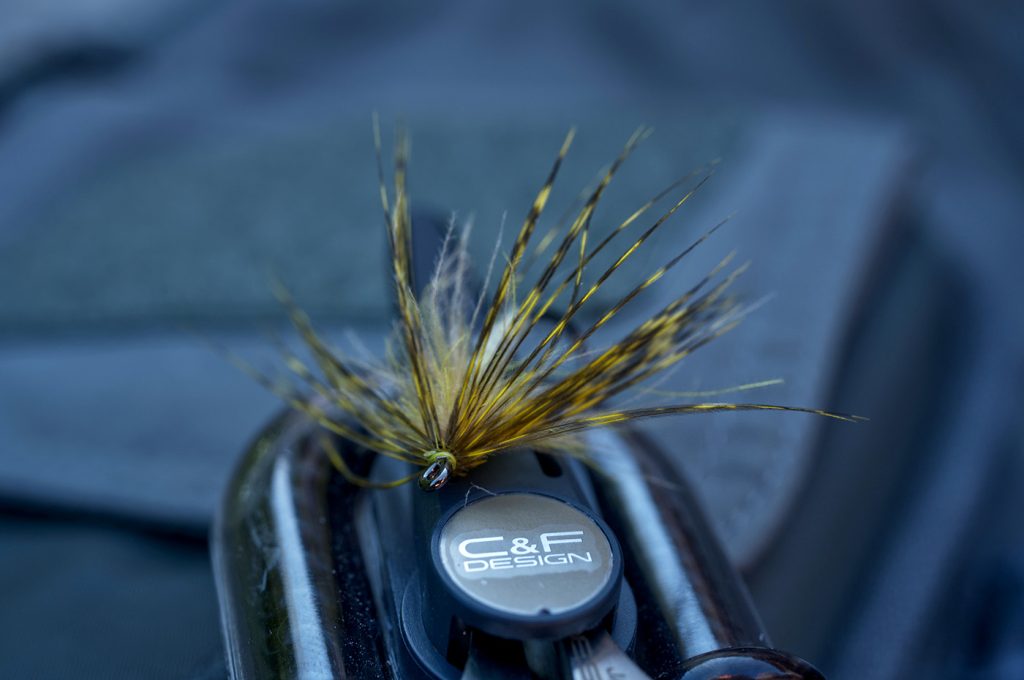
A quick snip or two with a pair of scissors and the French Partridge is an emerger. If you make sure to soak the abdomen in water it will sink and the CDC and front hackle with float, making it sit in the surface just as the natural.

If you find yourself out of spinner imitations, flush cutting the overside as well leaves you with a fine (although not perfect) spinner imitation.
The Danica and Vulgata hatches are important enough that we made a hook, specifically developed for this – the FW 538/539 Mayfly Dry. Our good friend, Kaj Kirkeby, has been pushing to make this hook for a long time and after a good many design-discussions with Kaj, we realised it early last year. Kaj primarily fishes the Vulgata hatch on his home stillwater and he has his own imitation. We finally also managed to get Kaj Kirkeby in front of a camera, tying his own imitation, of course on the FW 538/539.
There are plenty of variations of the original. John Petermann likes to add a cock hackle behind the CDC hackle.
